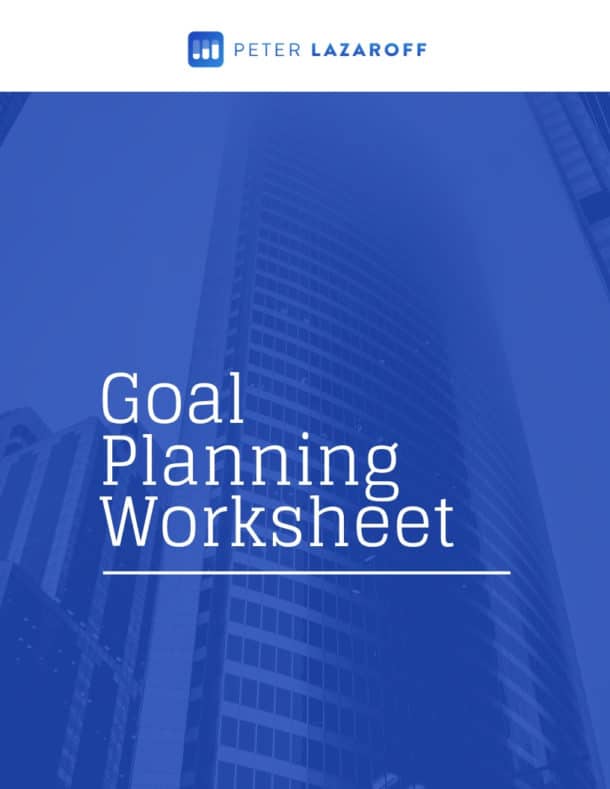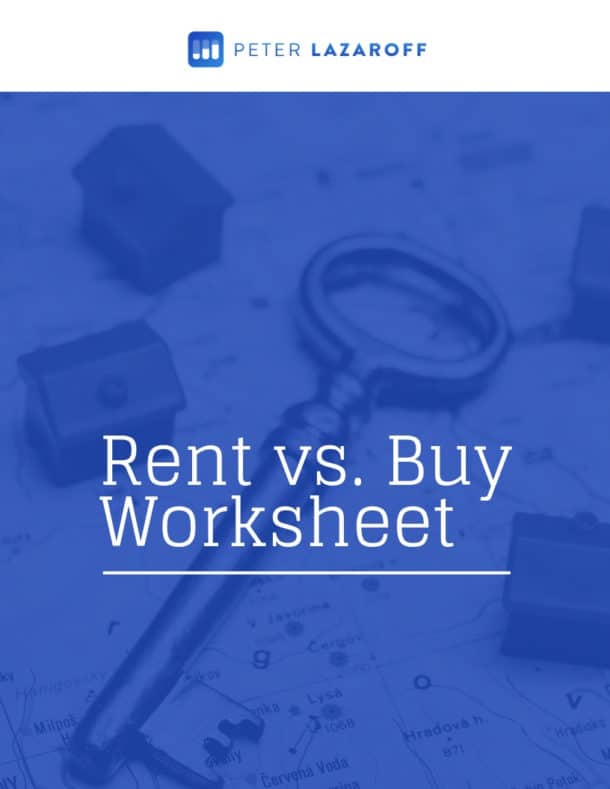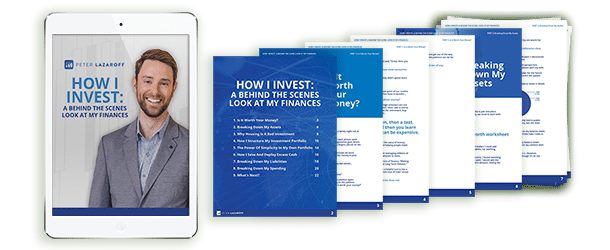At some point, nearly everyone has frequented one of the most popular lenders: BOMAD—otherwise known as the Bank of Mom and Dad.
Likely, the transaction came in the form of a gift. Maybe it was a few thousand dollars when the furnace went on the fritz. But some families enter into more formal lending agreements using intrafamily loans.
With intrafamily loans, the lender (typically parents) either provides the recipient (the children) with the funds for a special use or establishes a “grantor” trust that an heir can draw upon while the grantor is still alive.
When interest rates are low, this can be a cost-effective lending option as long as it’s structured correctly to meet IRS requirements.
Structuring An Intrafamily Loan
You’ll generally want to use the Applicable Federal Rate (AFR) for intrafamily loans to ensure the IRS doesn’t view the funds as gifts.
There are three tiers you’ll want to be aware of: a short-term loan of up to three years, a mid-term loan of three to nine years and a long-term loan of more than nine years.
Be sure to check the current AFR table for updated rates. As long as the interest rate charged is at or above the AFR for the term of the loan—and the borrower makes payments—you can pretty much structure the lending arrangement however you see fit.
Let’s say, for instance, your child is looking to put in a new driveway. You could establish a short-term intrafamily loan at a rate of 0.14% (the AFR as of January 2021) and then set up a payment structure on a monthly, bimonthly or semiannual basis. If your child were to go to a commercial lender, he or she would need a minimum credit score. And even then, the interest rate would be higher—and well above market rate when the borrower’s creditworthiness comes into question.
The same would apply to an intrafamily loan for a home. In this case, you’d have to go with a long-term AFR rate that comes in at a minimum of 1.35% as of January 2021. Compared with the current national average interest rate of a 30-year mortgage (about 2.75%), it would allow for much lower payments to purchase a home—that does, of course, depend on the parents’ liquidity. Not a lot of people have that much money lying around to foot such a sizable bill. The lender’s financial situation will determine whether an intrafamily loan of that size makes sense.
Safeguarding The Family Dynamic
Though they might be a cost-effective strategy for transferring wealth, intrafamily loans aren’t without their obstacles—mostly around how they can affect the family dynamic.
It’s important to consider what this lending agreement might do to the relationship between not only parents and children but also involving other family members.
Here are a few strategies to ensure your intrafamily loan goes off without a hitch:
1. Work toward fairness.
Mixing family and money can be risky. Intrafamily loans are no exception, as they may create relational problems among siblings when disbursement isn’t equal. Plus, circumstances can arise when one child begins to depend on loans to cover mortgage payments, auto payments, home improvement projects or even business expenses.
Should the other children refrain from using parents as a secondary source of liquidity, animosity could very well rear its ugly head. Though intrafamily loans offer greater flexibility than commercial funding arrangements, you’ll still want to be careful when discussing and structuring terms to ensure the arrangement won’t lead to relational issues down the line.
2. Weigh the repercussions of delinquency or default.
Like any other lending agreement, family members often enter into intrafamily loans with the assumption of repayment. Even if the agreed-upon terms state that the borrower must make payments on only the interest until the loan’s expiration date, there’s nonetheless an expectation. Consider your potential cash flow issues if the borrower were unable to continue making payments on the loan.
Would it jeopardize your financial situation? What would happen should your child default on the loan?
If this were to happen, it could trigger a gift tax should the loan amount exceed $15,000 ($30,000 for couples) for the year.
Rates can range anywhere from 18% to 40%. As such, it’s advisable to meet with a certified public accountant or tax advisor before establishing the lending agreement due to the tax regulations associated with defaulted loans and debt forgiveness.
3. Create a paper—or digital—trail.
It’s easy to treat intrafamily loans more like casual agreements than formal contracts. This is a big mistake, however, as it can lead to failures in documenting interest rate, payment amount, loan terms, etc.
Consider a home loan, for example. If the borrower were to use an intrafamily loan to purchase a house, the loan must be recorded as a lien against that property. This would then allow the individual to deduct the interest expense on income taxes.
This documentation is also crucial for the parents, who will need to quantify the interest income based on the amortization table come tax season. Not doing so could result in a reclassification of the loan as a gift by the IRS, triggering a gift tax for the lender. Again, consult a certified public accountant or tax advisor to avoid any loan-related misunderstandings and ensure all aspects of the loan are documented.
Don’t Overlook The Costs and Risks in Family Loans
Whether you’re lending money to a child or grandchild, an intrafamily loan is an official lender-borrower agreement—and you should treat it as such.
Carefully consider what you’re entering into and take the time to determine whether the arrangement makes sense from a relational perspective and in terms of wealth planning.
Remember: Someone’s failure to repay could do far more damage than call your financial future into question.
Have questions on how to structure a family loan for yourself or other financial planning matters? Schedule a quick 15-minute call with me.
…
RESOURCE: Do you want to make smart decisions with your money? Discover your biggest opportunities in just 9 questions with my Financial Wellness Assessment.















